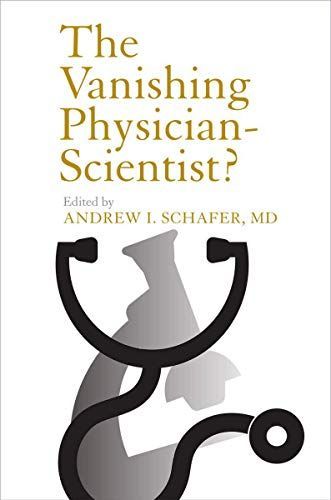
The Vanishing Physician-scientist?
Throughout history, physicians have played a vital role in medical discovery. These physician-scientists devote the majority of their professional effort to seeking new knowledge about health and disease through research and represent the entire continuum of biomedical investigation. They bring a unique perspective to their work and often base their scientific questions on the experience of caring for patients. Physician-scientists also effectively communicate between researchers in the "pure sciences" and practicing health care providers. Yet there has been growing concern in recent decades that, due to complex changes, physician-scientists are vanishing from the scene. In this book, leading physician-scientists and academic physicians examine the problem from a variety of perspectives: historical, demographic, scientific, cultural, sociological, and economic. They make valuable recommendations that—if heeded—should preserve and revitalize the community of physician-scientists as the profession continues to evolve and boundaries between doctors and researchers shift. Contributors: James M. Anderson, MD, PhD, University of North Carolina at Chapel Hill School of Medicine; Ann J. Brown, MD, MHS, Duke University School of Medicine; Barry S. Coller, MD, Rockefeller University; Fabio Cominelli, MD, PhD, Case Western Reserve University; Paul E. DiCorleto, PhD, Cleveland Clinic and Case Western Reserve University School of Medicine; Mark Donowitz, MD, The Johns Hopkins University School of Medicine; Stephen G. Emerson, MD, PhD, Haverford College; Gregory Germino, MD, The Johns Hopkins University School of Medicine; Stephen J. Heinig, Association of American Medical Colleges; Margaret K. Hostetter, MD, Yale University School of Medicine; Reshma Jagsi, MD, DPhil, University of Michigan Medical School; Kenneth Kaushansky, MD, MACP, University of California, San Diego School of Medicine; David Korn, MD, Harvard University and Harvard Medical School; Timothy J. Ley, MD, Washington University School of Medicine; Philip M. Meneely, PhD, Haverford College; David G. Nathan, MD, Harvard Medical School; Philip A. Pizzo, MD, Stanford University School of Medicine; Jennifer Punt, VMD, PhD, Haverford College; Andrew I. Schafer, MD, Weill Cornell Medical College and New York-Presbyterian Hospital; Alan L. Schwartz, MD, PhD, Washington University School of Medicine; Roy L. Silverstein, MD, Cleveland Clinic; Nancy J. Tarbell, MD, Massachusetts General Hospital and Harvard Medical School